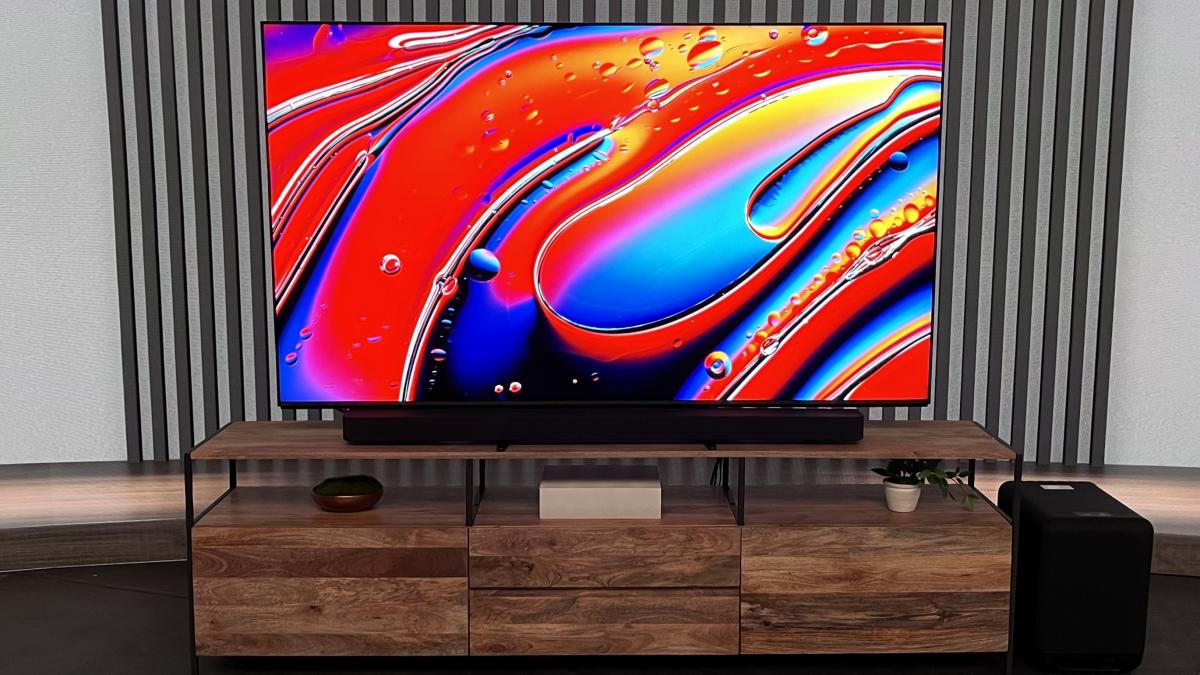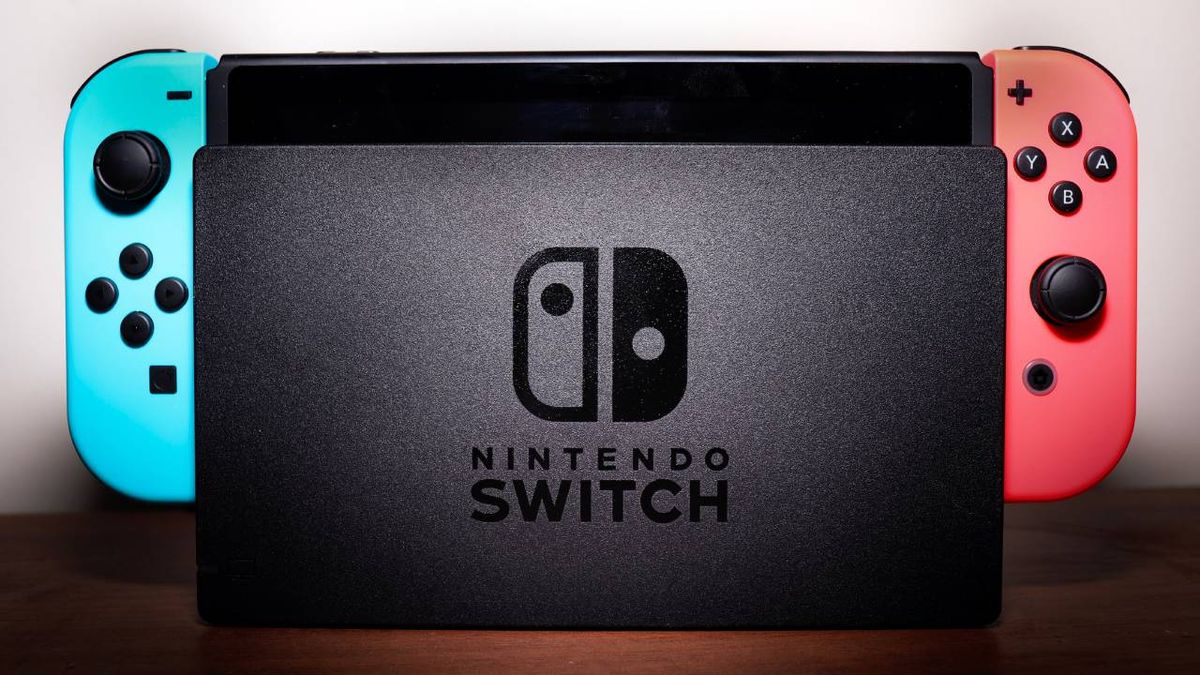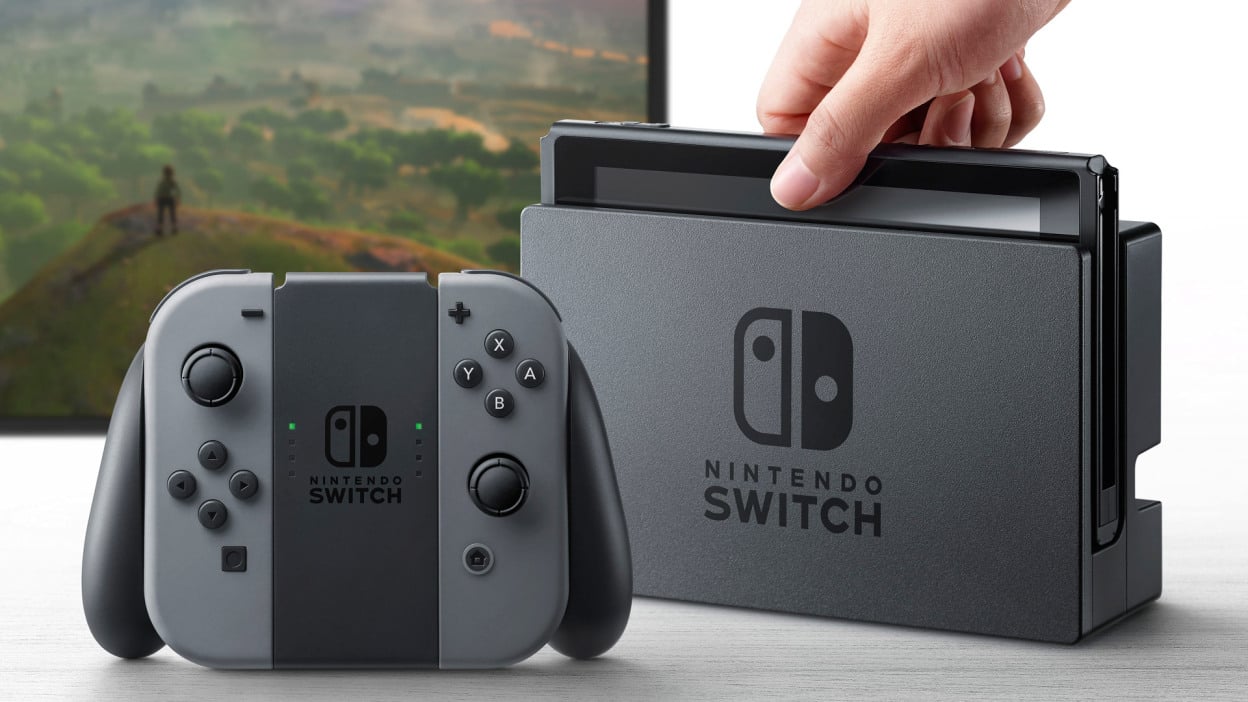The video game industry has come a long way since the pixelated sprites of Pac-Man and Donkey Kong. Today, we’re immersed in stunningly realistic worlds, with characters that look almost lifelike and environments that are breathtaking in their detail. But this graphical fidelity comes at a cost, one that’s increasingly difficult for even AAA game studios to bear. The pursuit of photorealism is pushing budgets to the breaking point, forcing developers to make tough choices that impact game design, pricing, and even the very future of the industry.
This isn’t just about more detailed textures or higher polygon counts. The demand for realism encompasses everything from complex physics engines and lifelike animations to advanced lighting and rendering techniques. Each of these elements adds layers of complexity and cost to the development process. As gamers, we crave these immersive experiences, but the financial strain on studios is becoming undeniable. We’re seeing longer development cycles, increased game prices, and a greater reliance on microtransactions, all in an attempt to recoup the soaring costs of creating these digital masterpieces. This begs the question: is the relentless pursuit of realism sustainable, or are we heading towards a breaking point?
The Escalating Costs of Development
Creating a AAA game today is akin to producing a Hollywood blockbuster. Teams of hundreds, sometimes thousands, of artists, programmers, and designers work for years to bring these projects to life. And just like in filmmaking, advancements in technology drive up production costs.
- Character Models: Remember when Lara Croft was a blocky figure with pointy breasts? Now, character models boast intricate details, from individual strands of hair to realistic skin pores. Creating these assets requires specialized artists and expensive software, pushing character creation costs into the millions.
- Environment Design: Open-world games are all the rage, but building vast, detailed environments is a monumental task. Each tree, rock, and building needs to be meticulously crafted, and that’s before factoring in dynamic weather systems and day-night cycles.
- Animation and Physics: Realistic movement and interactions are crucial for immersion. Advanced motion capture technology, physics engines that simulate real-world forces, and intricate facial animations all contribute to the escalating costs.
To put this in perspective, the development budget for Rockstar’s “Grand Theft Auto V” was estimated to be around $265 million, a staggering figure at the time of its release in 2013. Fast forward to today, and industry insiders estimate that developing a comparable title could easily exceed $500 million.
The Pressure to Deliver Blockbuster Experiences
The gaming landscape is fiercely competitive. With millions of games vying for attention, AAA studios face immense pressure to deliver groundbreaking experiences that push the boundaries of graphics and gameplay. This often leads to a “graphical arms race,” where each new release aims to outdo the last in terms of visual fidelity.
This pressure is compounded by the rise of “games as a service.” Many AAA titles are now designed to be played for years, with ongoing content updates and expansions. This requires studios to maintain large teams even after a game’s launch, further adding to the financial burden.
The Impact on Gamers
While we all benefit from the incredible visuals of modern games, the rising development costs have a direct impact on gamers:
- Higher Prices: Games are getting more expensive. $60 was the standard price for a new release for many years, but we’re now seeing $70 becoming the norm, with some special editions costing even more.
- Microtransactions: To offset development costs, many AAA games incorporate microtransactions, allowing players to purchase in-game items, currency, or cosmetic upgrades. While these are often optional, they can create a pay-to-win scenario or detract from the overall experience.
- Longer Development Cycles: Creating these complex games takes time. Development cycles are getting longer, leading to fewer new releases and longer waits between sequels.
A Personal Perspective
As an avid gamer, I’ve witnessed this evolution firsthand. I remember being blown away by the graphics of “Half-Life 2” back in 2004. At the time, it felt like the pinnacle of visual realism. But now, looking back, it seems almost quaint compared to the graphical fidelity of games like “Red Dead Redemption 2” or “Horizon Forbidden West.”
While I appreciate the stunning visuals of modern games, I also worry about the sustainability of this trend. The increasing reliance on microtransactions and the rising cost of games are concerning. I fear that we may reach a point where only the biggest studios with the deepest pockets can afford to create AAA experiences.
Finding a Sustainable Path
The pursuit of realism is not inherently bad. It’s driven by a desire to create more immersive and engaging experiences. However, the industry needs to find a more sustainable path forward. Here are some potential solutions:
- Focus on Art Style Over Realism: Not every game needs to strive for photorealism. Games like “Cuphead” and “Hades” have proven that unique art styles can be just as captivating, and often more cost-effective.
- Embrace New Technologies: Cloud gaming and procedural generation have the potential to reduce development costs and allow for more creative experimentation.
- Rethink the “Games as a Service” Model: While ongoing content updates can be beneficial, they also place a significant strain on development resources. Exploring alternative models, such as standalone expansions or shorter, more focused games, could help alleviate this pressure.
Ultimately, the future of AAA gaming depends on finding a balance between graphical fidelity and financial sustainability. Developers need to be mindful of the costs involved and explore innovative ways to create compelling experiences without breaking the bank. As gamers, we can also play a role by supporting studios that prioritize creativity and innovation over sheer graphical horsepower.
The Future of Gaming
The video game industry is constantly evolving. New technologies, changing player expectations, and economic pressures will continue to shape the future of AAA gaming. While the pursuit of realism will likely remain a driving force, it’s crucial for the industry to find a sustainable path that allows for creativity, innovation, and financial viability. Only then can we ensure that the future of gaming is as bright and exciting as the visuals on our screens.









Add Comment